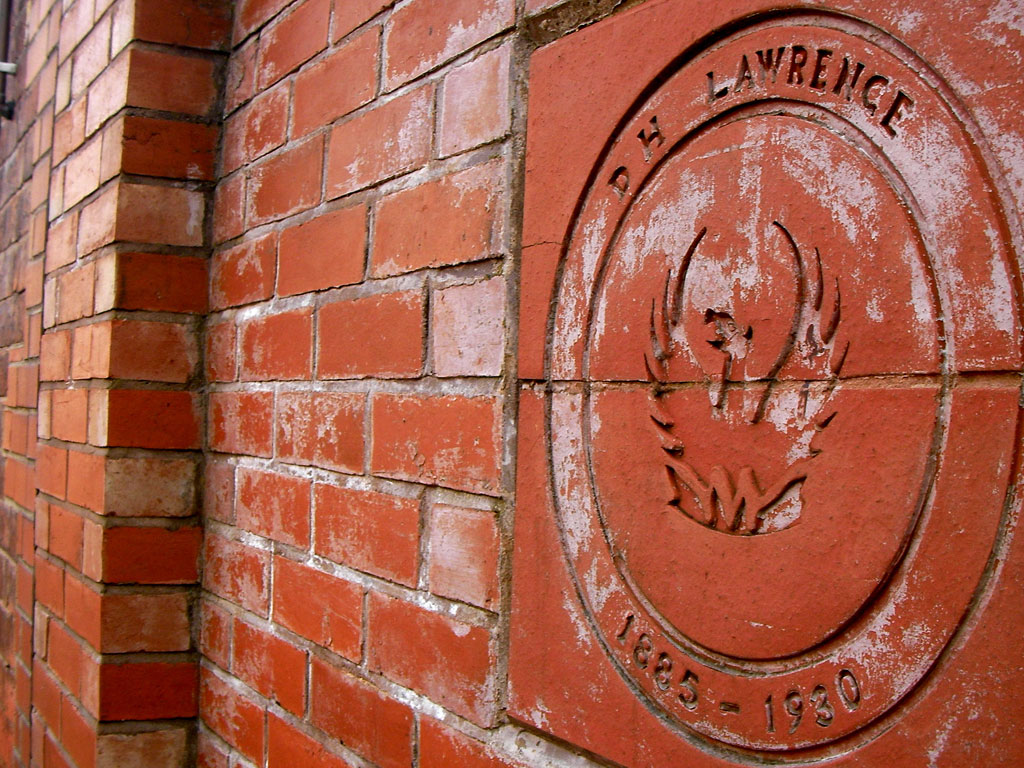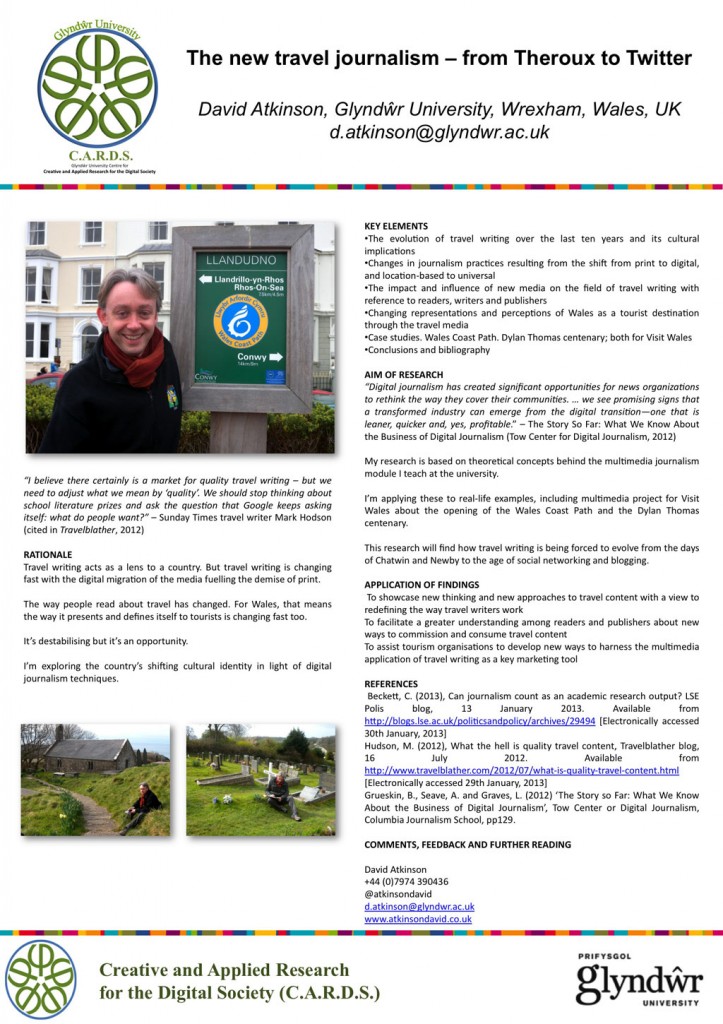* I’ve been trying to write some flash fiction as a potential entry for the Harry Bowling prize. This is an edited version following feedback from my monthly writing group, Seriously Sentences at Gladstone’s Library. Is this good enough to enter?
Her hair was just-showered clean. Her tongue, wet and darting, was eager as an eel. But her perfume, cheap and cloying, betrayed her. I breathed it in impassively as I arrived home and followed its scent trail up the stairs.
She was kissing me now, sucking the life out of me. The ceiling fan whirred, the streetlights flickered and the steam from the rice cooker seeped through the shoji screens like a silent sarin attack. The house slept innocently.
I focused on the detritus of the room to avoid registering the moment before I pulled back. She rose, closed the screens and moved silently across the landing, the padding of tiny feet on the tatami fading against the soundtrack of sirens and stumbling salarymen making for the last train to the suburbs on the street outside.
Afterwards, lying sweat drenched and dislocated on the futon, I traced the pathway to this moment.
On the first day she had walked me around the district, passing rows of grey-facade housing blocks and turning down endless identikit sidetsreets. It took me days to learn how to pick my way through the labyrinth.
But eventually I did. Walk past the convenience store with the coffee machine, loop around the newspaper kiosk, where a shrivelled old man slipped soft-porn manga inside copies of the Japan Times, and cross behind the red lanterns of the local izakaya, where I’d sometimes down beer with hot-sake chasers at night, alone and bewildered.
Once we took a taxi home together at dusk. The driver, all pristine-white gloves and shiny-peaked cap, feigned professional indifference to a middle-aged woman and her young male gaijin companion.
“There’s a storm coming,” he said. We nodded our agreement and stared out as the neon swam upstream through the fledgling puddles forming on the road.
The next week we went to the supermarket, cruising aisles of dried fish and exotic fruit. She led with the list while I followed with the trolley – love’s young dream.
We went for kaiten sushi on the way home and sat, impassively, as the sushi train rolled before us like the opening credits of a mediocre movie. The thin slices of fish glistened and the sting of wasabi flared our nostrils.
She took me for ice cream afterwards and produced an aged Polaroid, snapping me in an anodyne shopping mall with a scoop of chocolate fudge smeared around my mouth like a child’s forced smile. It was a Sunday quiet. Empty.
That night, after her aged parents had retired for the night, we sat and watched a video. A young boy was playing on his bicycle and smiling for the camera. She was there in a summer dress, her husband, grey suited and hair greased, looked on kindly. They looked happy.
After the accident, she explained, they took in the first homestay, a young American lad brushing up on his kanji at a local university. They told the guests to come and go as they please, she said, but never to enter to the room where her father slept.
He kept a nightly vigil over the small shrine to her son, Hiroyuki, placing fresh offerings and reciting Shinto prayers.
One night I brought home a friend from college. With her retro clothes from Amerika-Mura vintage shops and her bottle-blond hair, she was mot just kawaii but a proper maguro – a real fresh tuna in the parlance of the fleshpots of Shinsaibashi.
After the ritual bowing and polite conversation before her departure, the house felt cooler. I didn’t need the fan that night. Maybe the summer humidity was giving way to autumn at last.
A week later I packed my backpack and moved on, settling for a shoebox behind Shin Osaka, where trains rumbled through the night and commuters, six abreast on the zebra crossing, inspected my microwave breakfast as if watching a daytime soap on the giant TV screen above the intersection sponsored by a electronics manufacturer.
I speculated what happened the night I left. Hiroko-san would slide away the private screen in the darkest recess of her room, pinning a Polaroid snap to a board. This would be the latest image of a young man, ice cream-smeared and curious. The names would scrawled in felt pen below each of the gurning mugshots. Forced smiles.
She would then prepare an offering for the shrine to Hiroyuki-chan and lie down on her futon.
We all knew it. There would be more fresh tuna by market day.
* What do you think of this flash-fiction piece? Post your comments below.
Gazetteer
Seriously Sentences at Gladstone’s Library



